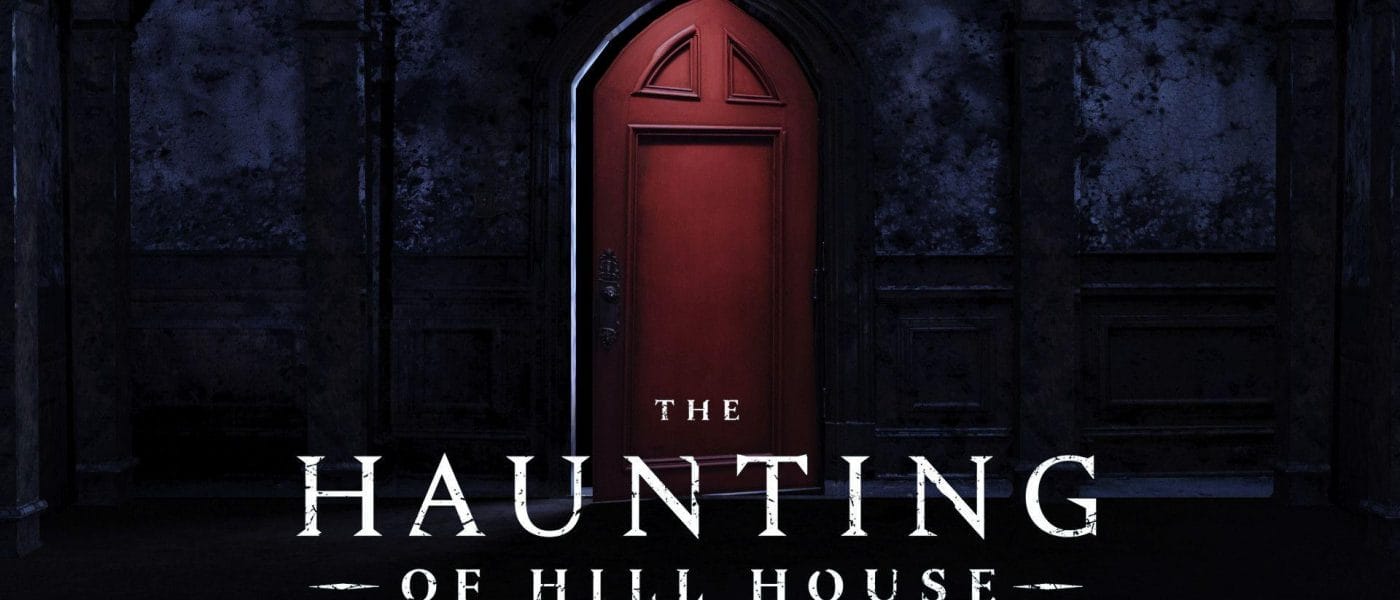Netflix: The Haunting of Hill House
Netflix’s The Haunting of Hill House (2018) is an adaptation of Shirley Jackson’s 1959 novel of the same name, but it diverges significantly from the source material in terms of plot, characters, and themes. While the series captures the eerie and psychological atmosphere of the novel, it is not a direct or faithful retelling. Here are some key differences:
1. Characters
- Novel: The novel primarily revolves around four main characters: Dr. John Montague, Eleanor Vance, Theodora, and Luke Sanderson. These characters come to Hill House to study paranormal activity.
- Series: In the Netflix adaptation, the Crain family takes center stage. The Crains consist of parents Hugh and Olivia, and their five children: Steven, Shirley, Theodora, Luke, and Nell. The story jumps between two timelines, one in their childhood when they lived in Hill House, and the other in the present when the trauma of their past returns.
2. Themes
- Novel: Shirley Jackson’s novel focuses on psychological horror, ambiguity, and the unreliability of perception, particularly through the character of Eleanor. It deals with themes of isolation, mental instability, and the fear of the unknown.
- Series: While the series includes some of these psychological horror elements, it shifts focus to family trauma, grief, and the lasting effects of childhood experiences. The haunted house becomes a metaphor for unresolved family issues, and the show delves deeply into each family member’s personal struggles.
3. Plot
- Novel: The novel’s plot is much more contained and minimalistic. It centers on a scientific investigation into paranormal activity in Hill House, with the characters’ relationships and internal struggles driving much of the tension.
- Series: The Netflix series expands the narrative considerably, adding supernatural elements, complex backstories, and intertwining plotlines across multiple timelines. It also includes several ghost characters and gives the house itself a more malevolent, active presence.
4. Tone and Horror Style
- Novel: The horror in Jackson’s novel is subtle and psychological. The story leaves many questions unanswered, and much of the terror comes from what is implied rather than shown.
- Series: The show takes a more visceral approach, with many explicit ghostly apparitions and a stronger emphasis on jump scares and supernatural horror. However, it still retains a slow-burn, atmospheric horror style in many episodes.
5. Hill House Itself
- Novel: Hill House is depicted as an almost sentient, evil structure that warps the minds of those who enter it, but its true nature is left ambiguous.
- Series: In the series, Hill House’s supernatural power is much more overt. It has clear, malevolent entities, and the house actively traps spirits within its walls. The Red Room becomes a central, significant mystery in the adaptation.
6. Ending
- Novel: The novel’s ending is deliberately vague and open to interpretation, especially regarding Eleanor’s fate and whether the haunting was real or a product of her deteriorating mental state.
- Series: The Netflix show provides a more definitive and emotional resolution. It ties together the arcs of the Crain family, emphasizing themes of reconciliation and closure, something the novel does not do.
Conclusion
While The Haunting of Hill House series is inspired by Shirley Jackson’s novel, it diverges significantly in terms of plot, characters, and themes. The novel’s subtle, psychological horror is transformed into a sprawling narrative about family and trauma, with overt supernatural elements. Both the novel and the series are effective in their own right but offer very different experiences.Ghostly Differences
The ghosts in Netflix’s The Haunting of Hill House are not directly based on the spirits in Shirley Jackson’s novel. In fact, the novel is much more ambiguous about whether the house is truly haunted or if the disturbances are products of the characters’ fragile mental states. Jackson’s original work leans heavily on psychological horror, leaving much to the imagination, and doesn’t provide the clear, detailed manifestations of ghosts seen in the Netflix series.
Here’s how the depiction of ghosts in the series compares to the novel and how they align with common ghost lore:
1. Novel vs. Series
- Novel: The paranormal events in Jackson’s book are vague and subtle, creating an atmosphere of dread without ever fully revealing the nature of the haunting. There are no definitive ghost characters. Most of the haunting is psychological, experienced primarily by Eleanor, who is an unreliable narrator. The disturbances—such as knocking sounds, cold spots, and strange writing on the walls—could be supernatural, or they could be manifestations of Eleanor’s internal breakdown.
- Series: The Netflix series, on the other hand, features numerous explicit ghost characters, including the Bent-Neck Lady, the Tall Man, and the ghosts that inhabit Hill House. The show provides a visual representation of these spirits, showing them as malevolent or trapped entities. In this version, the ghosts are real, visible, and often interact with the living Crain family.
2. Types of Ghosts
The ghosts in the Netflix series seem to follow common tropes in ghost lore, rather than directly mirroring Jackson’s novel. Here are a few notable examples:- The Bent-Neck Lady: This ghost is a tragic figure in the show, eventually revealed to be a future version of Nell. It embodies the idea of a spirit being stuck in a loop of time or trauma, which aligns with common depictions of ghosts as being bound to moments of their death or emotional suffering. This concept is not present in the novel, which doesn’t focus on individual ghost stories or time loops.
- The Tall Man (William Hill): This ghost is a more traditional spectral figure, echoing gothic horror archetypes. He is a visual representation of someone who lived and died in the house and continues to haunt it, which is typical in many haunted house stories but isn’t a concept explored in the novel.
- The Ghosts in the Background: The Netflix series is famous for hiding ghosts in the background of many scenes, a technique that adds to the sense of constant unease. These ghosts are not always central to the plot and are often just lingering, which plays into the idea that Hill House is teeming with trapped spirits. This atmospheric choice is unique to the show and has no counterpart in the novel, where the haunting is more psychological.
3. Ghosts as Metaphors
While Shirley Jackson’s novel primarily uses the house itself as a symbol of psychological decay, the ghosts in the Netflix series are often metaphors for the characters’ personal traumas. Each of the Crain children has a ghost that represents something specific:- Nell’s Bent-Neck Lady represents her fear of death and trauma.
- Luke’s Tall Man represents his struggles with addiction and feeling haunted by his past.
- The Red Room serves as a haunted space that changes form to trap and control the family, symbolizing unresolved emotional wounds.
4. Lore and Symbolism
The ghosts in the series, while visually frightening, are often more symbolic than based on traditional ghost lore. They tie into the emotional arcs of the characters:- Trapped Spirits: The idea that the ghosts are trapped in Hill House, unable to leave after death, plays into common ghost lore of spirits being tied to places of trauma or unfinished business. The series takes this to an extreme, making Hill House a kind of prison for souls.
- Time Loops: Nell’s experience as both living and dead, seeing her future ghost self, introduces the idea of time as nonlinear in the haunting. This concept isn’t part of traditional ghost stories but adds a unique twist to the show’s narrative.
Conclusion
The ghosts in Netflix’s The Haunting of Hill House are more of an invention of the show’s creators than an accurate representation of anything found in Shirley Jackson’s novel. While the show’s ghosts are more traditional in their visual and narrative design—playing into classic ghost lore and horror tropes—they are also used as metaphors for trauma and the emotional scars of the Crain family. In contrast, Jackson’s novel focuses more on psychological horror and ambiguity, leaving the true nature of Hill House’s haunting open to interpretation.Author
-

I'm a freelancer writer for Heroic Clash. I've also written for CBR, MovieSource, and Inquistr
View all posts

